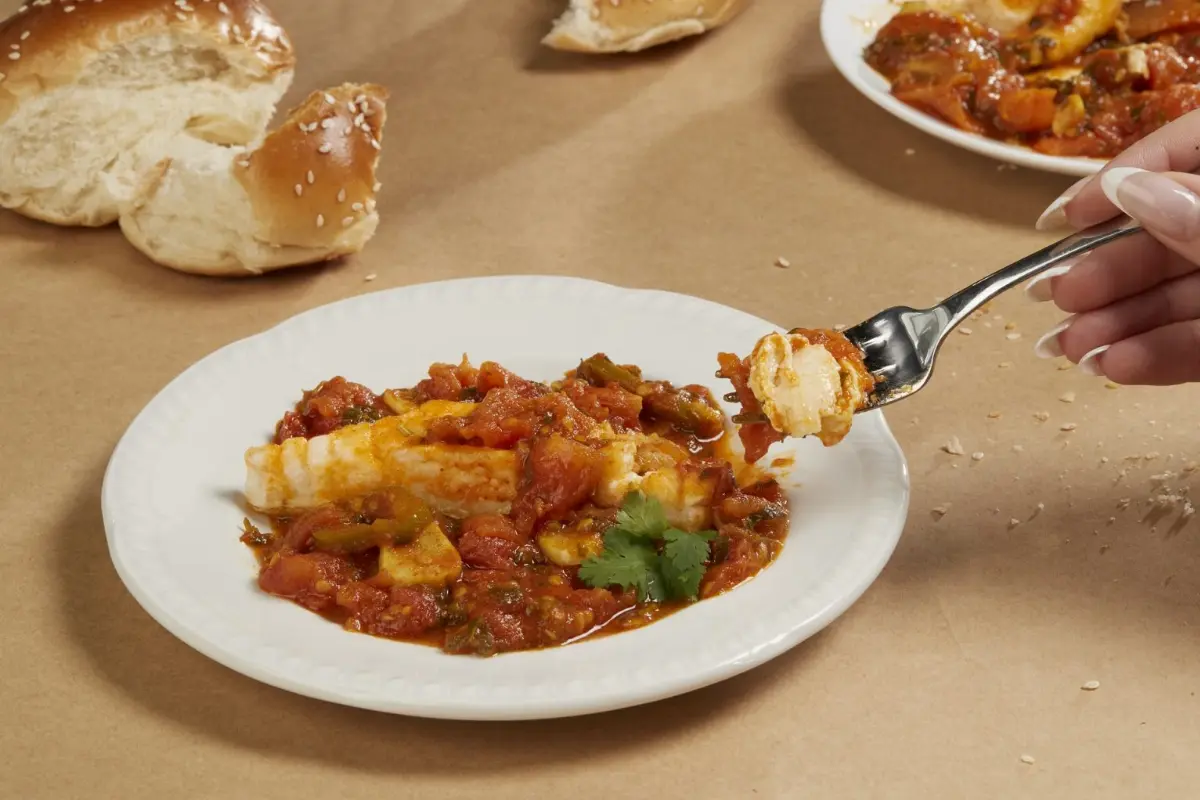
Waiter, can you print me a grouper fillet?
Israeli Steakholder Foods has created the first 3D edible fish

An Israeli company has created the first 3D-printed bio grouper, ready to cook after "printing". The company Steakholder Foods and has created a "non-traditional" fish to eat that does not harm the environment, at least according to claims and the company itself. The grouper fillet was created in collaboration with Singaporean company Umami Meats and has a flavor and texture similar to that of a real fish fillet.
"In the first tasting, we presented a cultured product that flakes, tastes and melts in the mouth exactly as an excellent fish should do -explains Umami Meats ceo Mihir Pershad-. In the coming months we will announce our plans to bring this world-class cultured fish to market".
The new product, according to Steakholder Foods ceo Arik Kaufman, "will introduce sustainable solutions that will increase food security. After creating a custom bio-ink that works effectively with Umami cells and optimizing taste and texture to meet high consumer standards, we plan to expand our collaborations to a greater variety of species with other partners".
Steakholder Foods is a company whose goal is to use cells from fish and other animals to grow meat within their ecosystem in order to preserve animal welfare, according to the company's website. The "deep tech food company" believes the innovation will introduce sustainable solutions that will increase food security. grouper, specifically, is unique in that it does not require incubation and maturation after printing, as is the case with other meat products, the company said: the fish, in practice, can be eaten at the end of the printing process.
This is not the first time companies have considered the idea of 3D printed food: in 2020, Kentucky fried chicken announced the creation of 3D printed chicken in collaboration with a 3D Bioprinting Solutions lab in Russia.
EFA News - European Food Agency